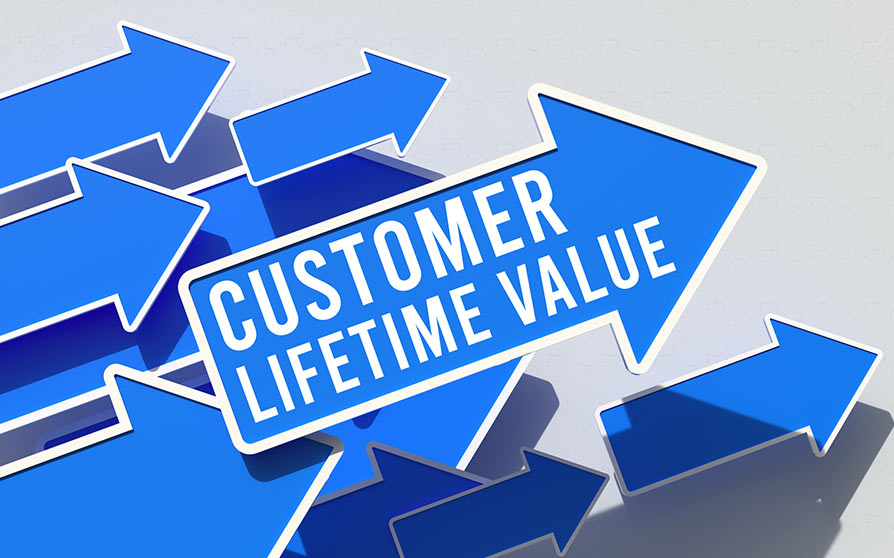
In working with my coaching and consulting clients, my primary focus is getting them to concentrate on working ON their business and not just IN their business.
In that vein, one of the concepts I drill down on is the importance of focusing on customer lifetime value (CLV), which many have found to be the single most important metric for managing their enterprise strategically.
Why? Because knowing, monitoring and constantly tweaking your CLV is key to truly building a business, rather than an expensive, time-consuming hobby.
Honing in on CLV gives a business leader clarity on the return on investment (ROI) of every customer relationship. That, in turn, helps determine which of those customers are most important to growing the business profitably – and which aren’t.
How to Measure Customer Lifetime Value
To calculate your CLV accurately, you have to to look at several different metrics. These include:
- Annual revenue per customer
- Average number of years as a customer
- Average annual cost per customer
- Initial cost of customer acquisition (total sales and marketing costs/number of new customers)
- Average annual net profit margin per customer
Let’s walk through an example using some of the metrics above to calculate a CLV:
Say you own Tammy’s Tax Service, which provides tax preparation services for an average of $500 per customer per year. It costs you $250 in advertising fees to get a new customer, $100 in time and materials to actually prepare a tax return, and $100 dollars per return in indirect overhead expenses, for a total expense of $450 per customer.
You’re only making $50 for preparing the return – a paltry 10 percent profit margin. A whopping 50 percent of your revenue in year one is going to sales and marketing costs to get the customer, plus another $200 in direct and indirect costs to serve the customer. On the surface, this seems like a quick ticket to bankruptcy.
But look closer and more strategically. Once you look at things through the lens of CLV the whole picture changes:
- Revenue per customer per year: $500
- Average number of years as a customer: 10 Years
- Total average lifetime revenue per customer: $5000
- Total cost of customer acquisition: $250 one time
- Total cost of serving customer per year: $200
- Total cost of serving customer over customer lifetime: $2000
- Total lifetime profit per customer: $2750
Total customer lifetime value: $3000 – a 55 percent profit margin
Not too shabby!
And the actual CLV could well prove to be even higher. That’s because, if you are running your business correctly, you will drive your customer acquisition costs down significantly over time through things like driving customer referrals, upselling current customers more services and getting smarter about how you allocate your marketing dollars. And you will drive your costs down at the same time by becoming more efficient in serving the customer.
Running a business to maximize CLV ensures that your marketing and sales resources are being put where they will have the biggest impact at the lowest cost. As a result, you can focus on the customers that offer the most profitable and sustainable relationships – the secret sauce to growing the intrinsic value of your business over time.

Comments on this entry are closed.